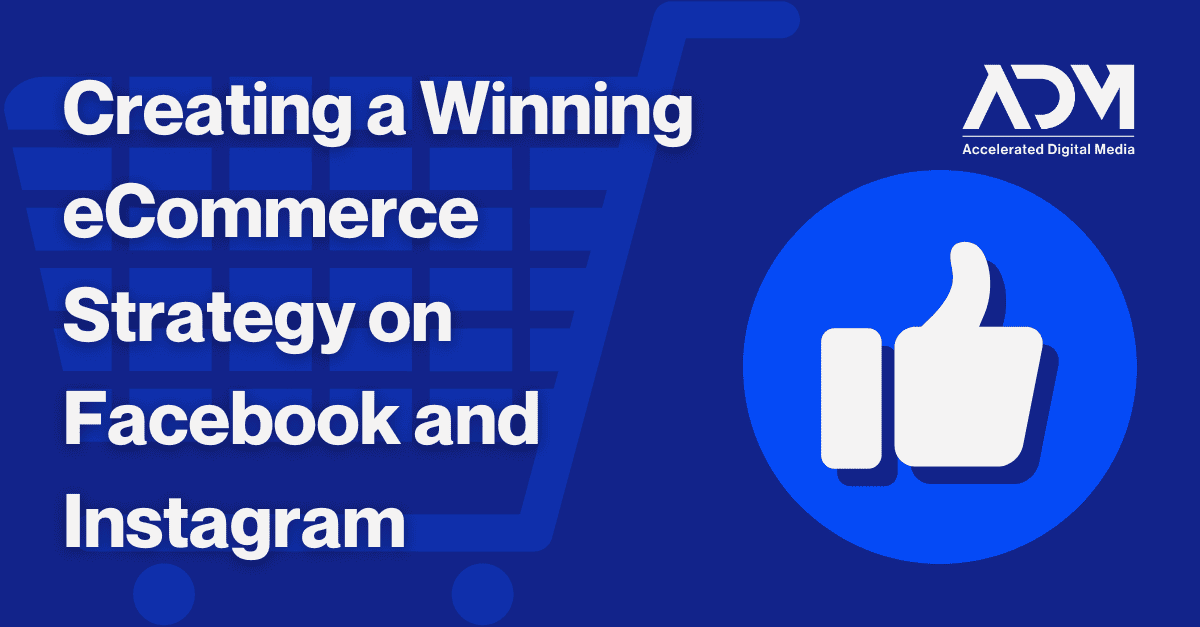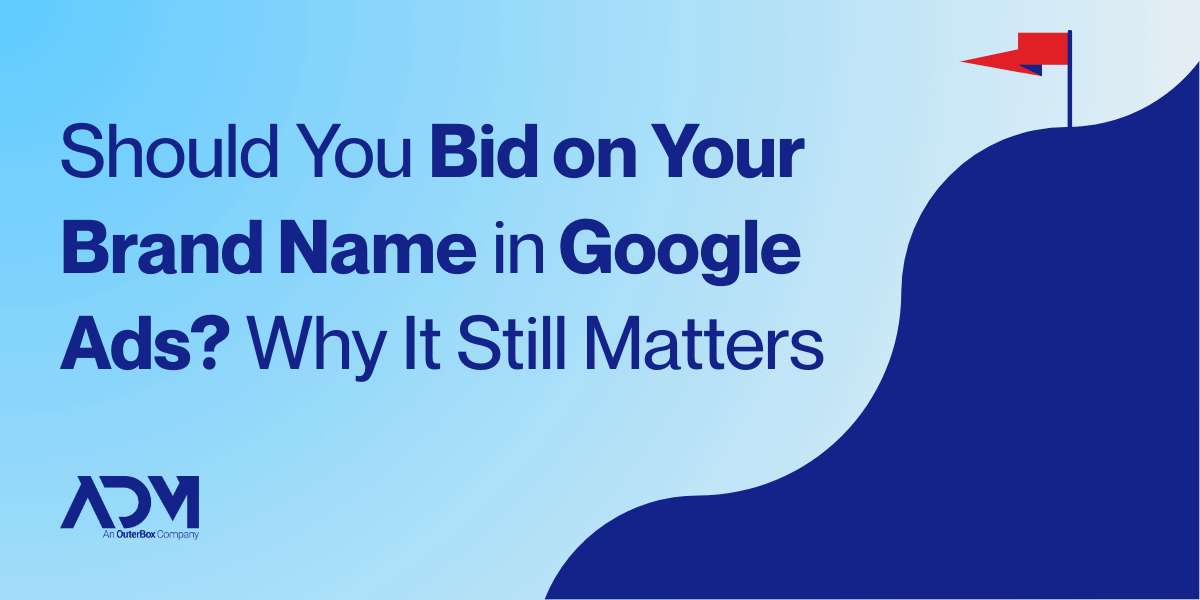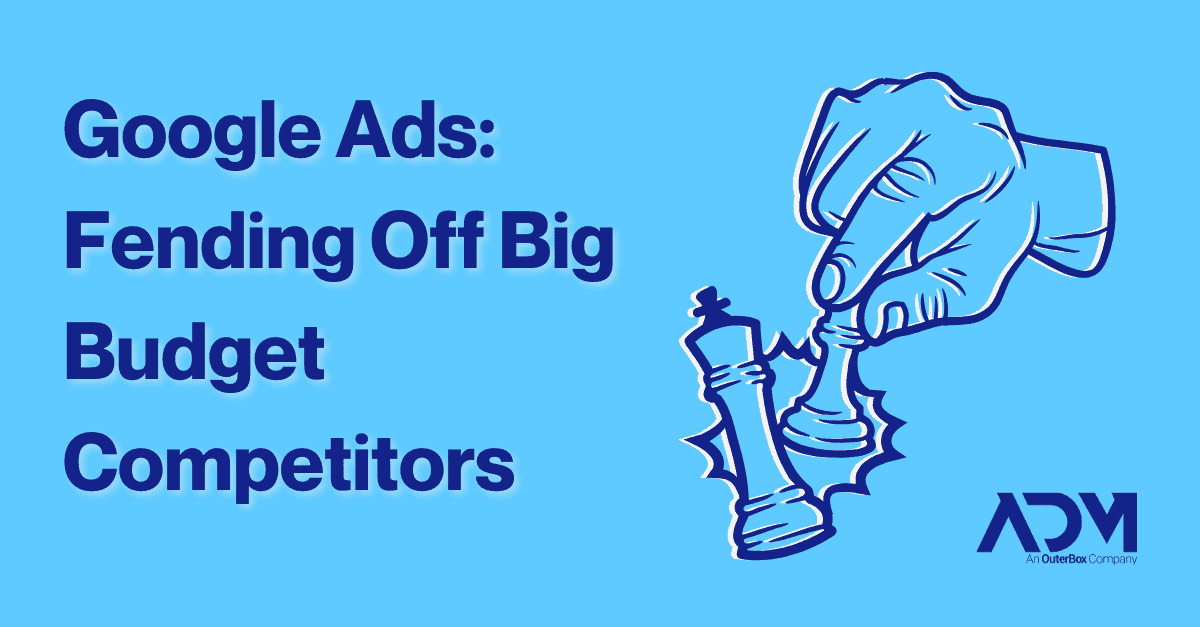eCommerce and Meta Ads go hand in hand. As the largest social advertising network in the world, Meta Ads helps companies bring their products to extremely vast and diverse audiences with vibrant ad formats that can be calibrated to each stage of the sales funnel.
But despite Meta’s longtime use as a powerful eCommerce marketing tool, a lot of—or most of—the companies using it aren’t getting the absolute most out of it. In this blog, we’ll lay out how Meta Ads can help you across each stage of your sales funnel, provide setup tips, and detail how to select campaign types and creative for each phase.
Meta’s eCommerce Value Runs Throughout the Funnel
While some digital marketing platforms shine brighter at different stages of the eCommerce sales funnel, Meta has been so enduring because it’s effective throughout.
By nature, Meta is a great platform for discovery. People will see Facebook and Instagram ads even when they aren’t searching for or looking for a specific product or service when they open the platform. Because of this, Meta campaign types like Video View campaigns are excellent top-of-funnel ways to bring your message to new customers.
Meta also allows for retargeting, which makes it a good fit for lower down the funnel or warmer prospects. People who have visited your website or even added to cart will be reminded of your brand when they are shown Meta ads through retargeting campaigns. While retargeting isn’t as potent as it once was, it can still be useful for eCommerce marketing with the right implementation.
Similarly, Meta allows for targeting of previous purchasers, making it a great tool for cross-selling and upselling. You can specifically reach people who have bought from you before, months or even a few years following the last purchase. Showcasing things like product changes or new colors is a great way to renegade past purchasers.
But other campaign tools can work across the entire funnel. Meta’s Advantage+ campaign type deploys ads across different formats and can serve all phases of your funnel at once. That has made it an extremely potent tool for eCommerce advertisers. Advantage+ relies less on manual targeting and more on algorithm-driven inferences about which users will be most likely to interact with your ads and complete purchases.
With fewer levers for advertisers to pull, advertisers should be investing more time and thought into the creative they use with these campaigns—because your creative is often what will help the algorithms find your audience.
Getting Set Up: Pixels and Measurement
Before you can get the most out of your Facebook Ads approach, you need to have the right measurement tools in place. Careful pixeling throughout the purchase funnel is crucial to understanding the user’s experience and high drop-off points.
Examples of what information you should be receiving from pixels should always include:
- Main website visits
- Collection page visits
- “Add to Cart” actions
- “Initiate Checkout” actions
- Purchase confirmations
eCommerce brands should almost always set up their campaigns to optimize for that final conversion/purchase event. This helps the algorithm optimize to those “virtual windowshoppers” in your audience.
To further understand how your Facebook Ads are working in tandem with your other eCommerce marketing channels, it’s also wise to look into one of many multi-channel attribution platforms.
Incorporating Your Catalog and Product Feeds
Shopping campaigns are increasingly becoming the bread and butter of Facebook marketing, which is good news for eCommerce marketing. To run Catalog or Shopping campaigns, you need to ensure your online catalogs and product feeds are correctly integrated into Facebook. Proper setup should ensure that when a product is out of stock, it will no longer serve in your Catalog ads on the platform.
Once users have come to your site, landing pages must make the checkout process straightforward and easy to follow. You don’t want visitors to have to hunt for the product(s) they saw in an ad
For ads that direct to your website, we recommend A/B testing variations that direct to a more general collection page as opposed to a specific product description page. If one product catches a user’s eye, they might find an even better fit elsewhere in your collection. For example, that would mean directing users to an entire running shorts page as opposed to directing to the page for one specific pair of shorts.
Choosing Campaign Types and Creative Throughout the Sales Funnel
For a comprehensive strategy, ADM might structure a Meta Ads account like this:
- Top Of Funnel (Prospecting): Video View Campaign
- Middle Of Funnel (Prospecting): Traffic Campaign
- Bottom Of Funnel, blended (Prospecting, Retargeting, and Retention): Advantage+, Advantage+ Catalog, Standard Campaign, Testing Campaign
Across the board, you want to think of your creative as another targeting tool. Each piece of creative should be tailored to the audiences and station to the funnel you are trying to directly address.
Prospecting
Remember that your audience doesn’t know, like, or trust you yet. Because of this, you shouldn’t use brand-specific language that wouldn’t otherwise be well-known (like using your brand’s own name for a color or category rather than a more standard descriptor).
At this phase, it’s all about using product-specific creative that educates your audience and highlights key selling points that will help them make the decision to buy. eCommerce brands can speak to the quality of their materials or the unique features that comparable products don’t offer.
Retargeting
To encourage purchases from people who may have interacted with your brand but not purchased, focus on overcoming potential obstacles or questions they may have about your products. This is a good time to lean on your glowing testimonials or create new “Q&A” style creative images and videos.
Retention
When working to encourage the next purchase from a prior customer, it’s important to tell them something new. The same ad probably won’t work twice on the same person. For those audiences, it’s best to focus on things like new collections or seasonal drops, new colors, product improvements, or promotions.
KPIs for Measuring eCommerce Success on Meta Ads
The two top key performance indicators (KPIs) we look at for eCommerce clients (depending on their product/services) are customer acquisition cost (CAC) and return on ad spend (ROAS).
These two give a vital glimpse at how efficiently a brand is adding new customers and whether its overall advertising investment is returning enough revenue. Their importance will vary slightly based on the nature of the business: If revenue varies greatly between your range of products or services, we are more likely to use ROAS as our primary benchmark, whereas if first purchases/subscriptions are a brand’s bread and butter, CAC will be the more telling number to focus on.
As far as secondary eCommerce marketing KPIs are concerned, there are a number of telling stats that can be used directionally, which include cost per thousand impressions (CPM), link click-through-rate (Link CTR), video view % (how far people make it into your video ads), and more.
CPM can tell you about competition levels, for example. In highly-competitive times, like an election year or holiday season, we’ll often see CPMs rise steadily.
Link CTR is a great KPI for evaluating creative quality and other aspects of your customer journey. If your creative has a high Link CTR but low ROAS or CAC, that may be a conversion rate optimization issue on the landing page that traffic is being sent to.
Meta Ads Marketing Mistakes to Avoid
Having audited or inherited countless Meta Ads accounts, we’ve seen plenty of sub-optimal account activity. Here are some of the most common mistakes that we urge eCommerce advertisers to avoid.
- Over-segmentation: Focusing too much on making different campaigns for different products can water down your account. Instead, focusing on speaking to the right audience per product with each ad.
- Being too general: It should never be unclear who the intended audience is for each ad—users should feel directly addressed by the material you’re putting in front of them, not be left wondering how your ad ended up in their feed.
- Not doing enough creative testing: Many advertisers find one piece of creative that works well and then ride it until performance starts to dip. To reach your range of potential customers throughout the sales funnel, and to keep things fresh, you need a lot of quality creative. That means you should always be testing new iterations and ideas.
- Presenting too many options: When you present someone with a lot of choices, it can cause them to hesitate or become indecisive. Instead of showing a general ad that tries to cover all of your products and directs users to a main page, show an ad that speaks to a specific product or product set and then guide users along a path that makes it easy to find the products that made them click on the ad in the first place.
Finding a Trusted eCommerce Marketing Agency
With everything that goes into a full-funnel Meta Ads strategy, it’s vitally important to work with an eCommerce marketing agency that understands not just digital marketing, but your business. If you’re looking to make your paid social advertising more efficient or to explore new avenues to scale, consider reaching out to the ADM team for a consultation or social media audit.



